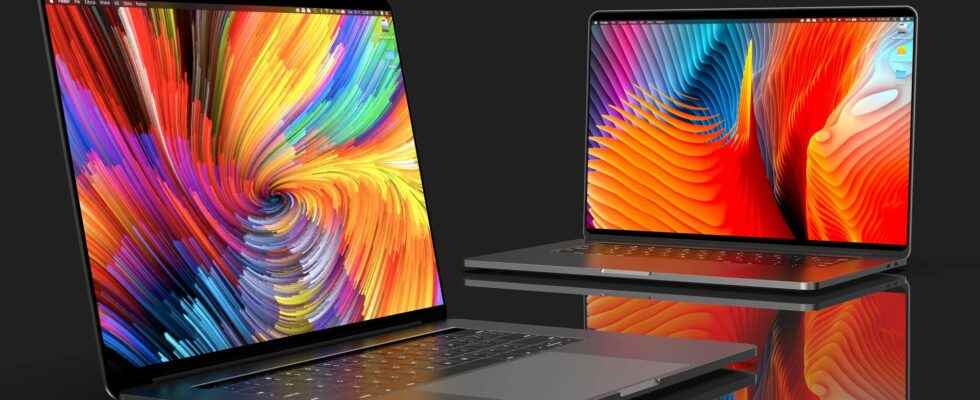Abbreviated LCD, the crystal display liquids is a thin, flat display device that has supplanted the old CRT (cathode ray tube) display in the market. I’LCD screen offers better image quality and supports large resolutions. In general, the term LCD refers to a type of monitor using technology LCDbut also flat screens such as those of laptopcalculators, cameras digitaldigital watches and other similar devices.
How do LCD screens work?
As the term “liquid crystal display” implies, LCD screens use liquid crystals to turn on and off the pixel to reveal a color specific. Liquid crystals are like a mixture between a solid and a liquid, where a Electric power can be applied to change their state so that a specific reaction occurs. These liquid crystals can be compared to a pane of window. When the shutter is open, the light can easily pass through the room. With LCD screens, when the crystals are aligned in a particular way, they no longer let light through.
It is the back of an LCD screen that is responsible for the lighting. In front of this light is a screen made up of pixels colored red, blue or green. The liquid crystals are responsible for turning on or off a filter to reveal a certain color or keep the pixel black. This means that LCD screens work by blocking the light emanating from the back of the screen instead of creating the light themselves like CRT screens do. This allows monitors and televisions LCD consume much lessenergy than CRT monitors.
It is important to take special care when cleaning LCD screens, whether they are televisions, smartphones, computer monitors, etc. Unlike CRT monitors and televisions, LCD screens do not have a refresh rate. You may need to change the refresh rate of your CRT monitor if the eyestrain is a problem, but it’s not necessary on LCDs and newer technologies. Most LCD computer screens have a connection for cables hdmi and DVI. Some still support VGA cables, but this is much less common.
You will also be interested
Interested in what you just read?
